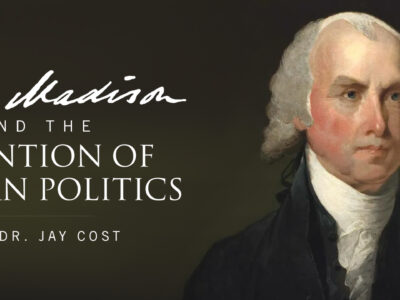Karl Ulrichs and Karl Kertbeny would approve. The Supreme Court’s decision (Lawrence vs. Texas) overturning the nation’s laws against sodomy closes the loop on the quest for decriminalizing homosexuality that these men started a continent away and over a century ago.
Who are they? Kertbeny and Ulrichs popularized the invention of a fixed, inborn homosexual trait in the mid 1800s in Germany.
In fact, the word “homosexual” was first used in 1869 in the campaign against the proposed enactment of sodomy laws in Germany. Kertbeny was a writer who invented the word homosexual as a preferred term to the common pejorative term “pederast.” He wrote that Germany’s paragraph 175 was unfair to those he labeled homosexuals because the cause of their behavior was inborn.
While Kertbeny’s effort did not prevail, his prolific writings, along with those of Ulrichs, came to the attention of the German psychiatric community. Psychiatry then furthered the invention of homosexuals as a group but saw them as deviant and in need of treatment.
And so the term invented to describe people who prefer same sex relations is barely over 100 years old.
Prior to this time, many people viewed homosexual acts as occurring for a variety of reasons including a lack of opposite sex availability and moral corruption. Even in Greek times, homosexual behavior was common but ordinarily existed side by side with marriage. It is hard to imagine but true that at one time there was no such thing as the concept of a gay identity. It was the 1860s and political activity by Ulrichs and Kertbeny to remove criminal stigma from such behavior that was the impetus for the invention of the homosexual.
Now comes the Supreme Court ruling concerning sodomy moving very close to validating the Kertbeny and Ulrichs invention: homosexuals as a minority group. While the ruling to strike the Texas law was widely expected, the Court’s basis for rejection seems based in viewing homosexuals as a group distinct from heterosexuals.
In her concurring opinion Justice Sandra Day O’Connor wrote, “While it is true that the (Texas) law applies only to conduct, the conduct targeted by this law is conduct that is closely correlated with being homosexual. Under such circumstances, Texas’ sodomy law is targeted at more than conduct. It is instead directed toward gay persons as a class.”
So again opposing sodomy regulation leads to the validation of a sexual minority that now has a liberty rooted in the Constitution. Could this case impact the regulation of marriage?
Dissenting Justice Scalia thinks so. He noted in his dissent that there is now no rational basis for the court to uphold laws limiting marriage to a man and a woman.
Currently marriage is organized around gender, a biological given and unchangeable, save through the most extreme of medical procedures. Organizing marriage primarily around a shared preference for certain sexual behaviors has the unfortunate potential of making marriage much more transient than it is now.
Are these inventions valid?
Despite the dogmatic proclamations of gay and lesbian political groups, the science of sexual orientation is really quite unclear. Although advanced as a theory over 100 years ago, we are no closer to finding a plausible pathway from genetics to same sex behavior now than Kertbeny and Ulrichs were.
It is quite clear, however, that sexuality is fluid for many people with changes in sexual attractions occurring throughout the life span. In a June, 2002, paper published in the APA journal Professional Psychology: Research & Practice, I reported a study by K. Schaeffer and colleagues that found nearly 95% of a sample of participants in Exodus International affiliates were either in the process of changing or already believed their sexual orientation had changed.
Moreover, repeatedly in surveys of gay men, lesbians and bisexuals, researchers find that the sexual preferences of many research participants change over time. As a counselor, I see this kind of change frequently in my practice and research.
How then can activists invent minority status surrounding such a fluid trait?
Perhaps, we shall have to wait for the next legal development to find out. With the Congress considering a Constitutional amendment limiting marriage to a man and a woman, no doubt other inventions will be made in the name of homosexuality.
Kertbeny and Ulrichs would be proud.



